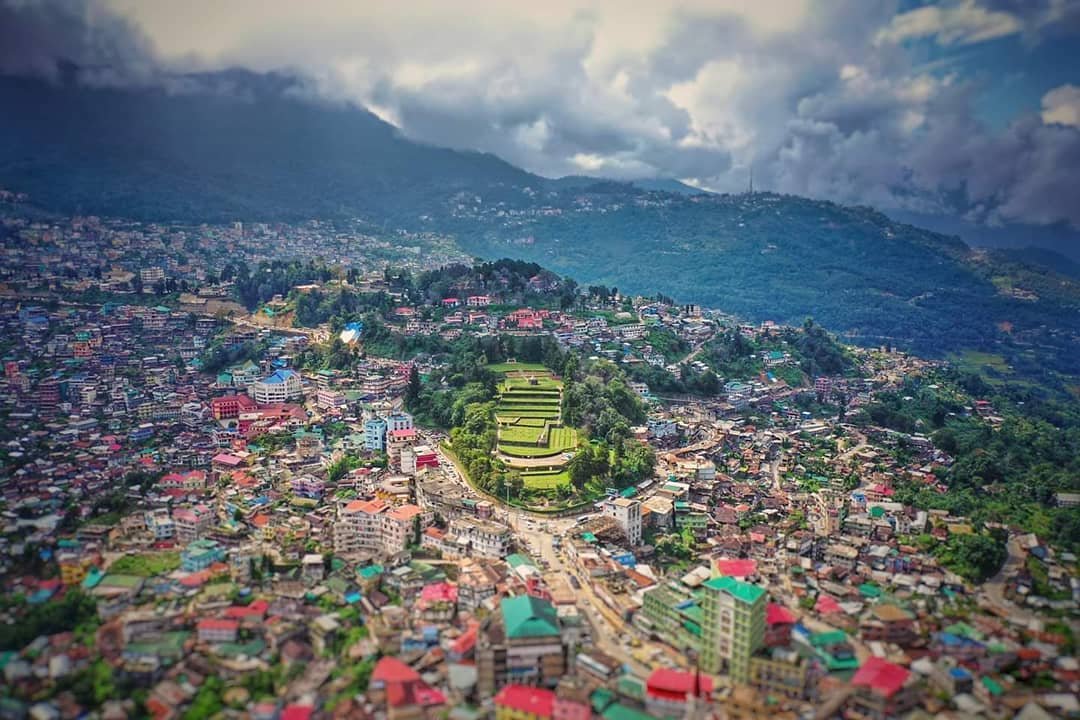Table of Contents
Top travel places in Nagaland
Top travel places in Nagaland, in northeast India, is renowned for its vibrant tribal culture, scenic landscapes, and unique heritage. Here are the most notable travel destinations and attractions to consider for your journey.
Natural Wonders
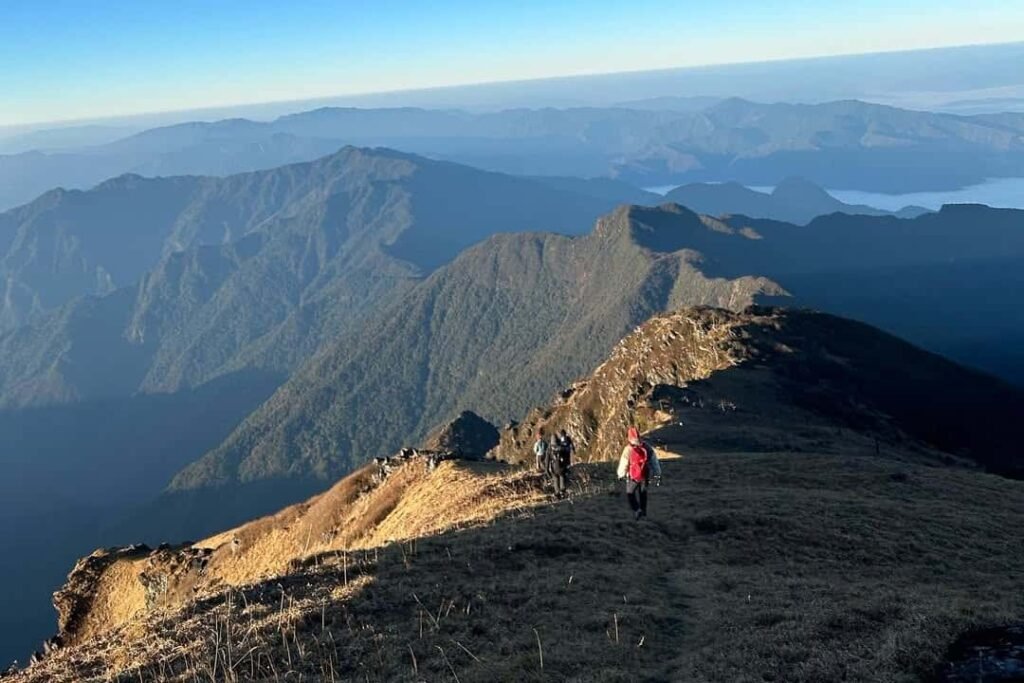
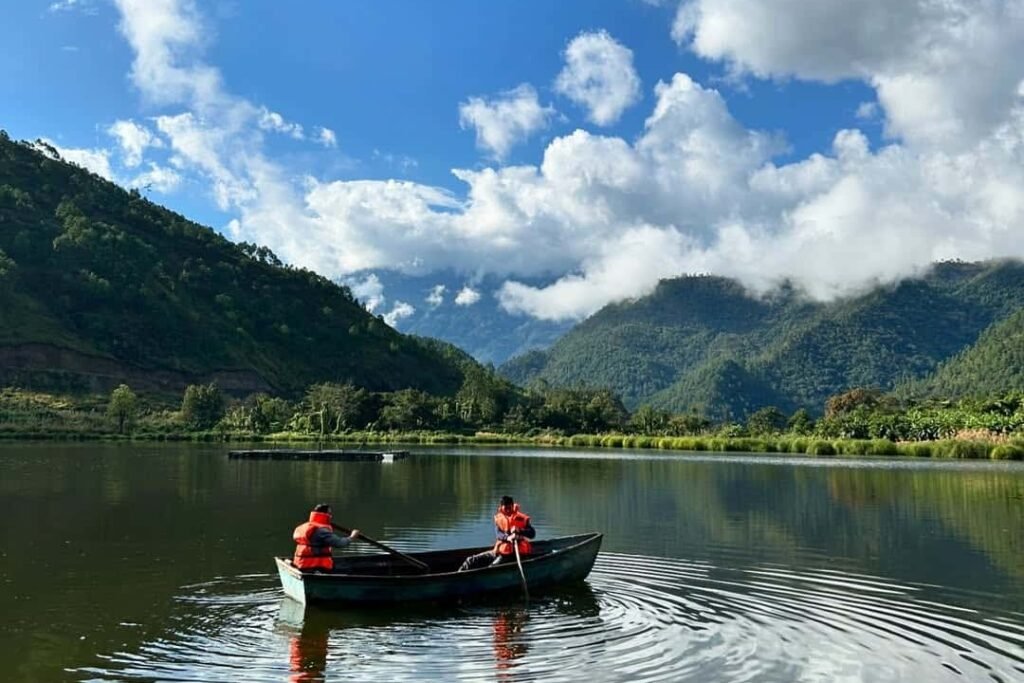
The high-altitude terrain of Nagaland reveals its most dramatic vistas in the state’s natural wonders. Towering above the surrounding landscapes, Saramati Peak stands as Nagaland’s loftiest summit, drawing seasoned hikers and avid photographers to its rugged slopes. At an elevation that affords sweeping panoramas of the Patkai mountain range, ascents to Saramati challenge trekkers with steep trails yet reward them with unforgettable Himalayan vistas.
Nestled in the Phek district, Shilloi Lake offers a contrasting serenity. As Nagaland’s largest natural lake, its placid surface mirrors the surrounding pine-draped hills. Pilgrims of tranquility gather along its shores to observe migratory birds and witness ethereal dawns. The lake’s foot-shaped contour and crystal-clear waters make it both an ecological haven and a photograph’s dream.
Historic Landmarks
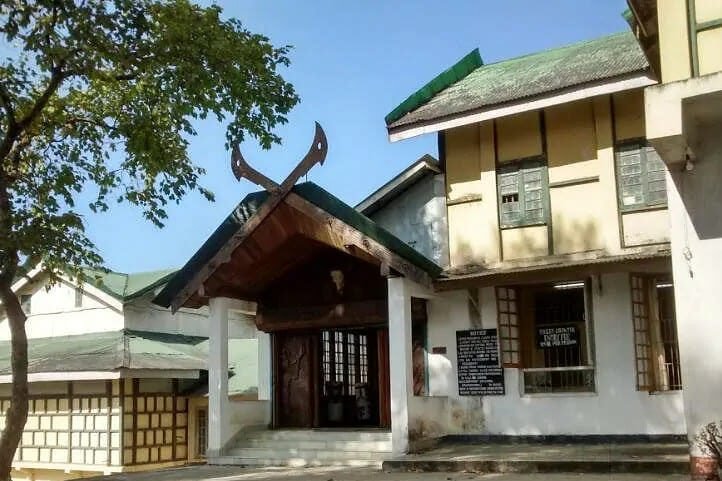
Nagaland’s rugged hills have witnessed centuries of cultural evolution and tumultuous conflicts, and its historic landmarks chronicle these narratives. The Nagaland State Museum, perched on Upper Bayavü Hill in Kohima, curates an extensive collection of tribal artifacts, textiles, and weaponry that trace the evolution of indigenous craftsmanship and social customs. Each exhibit transports visitors through the centuries, illuminating the identity of the Naga tribes.
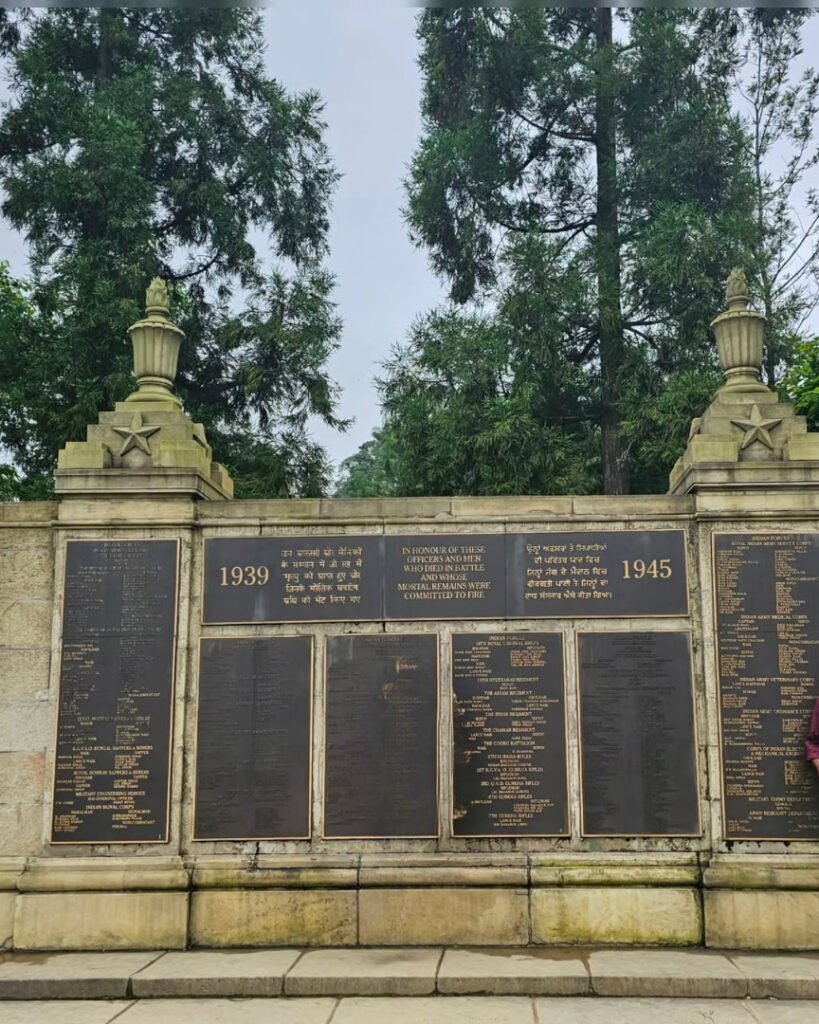
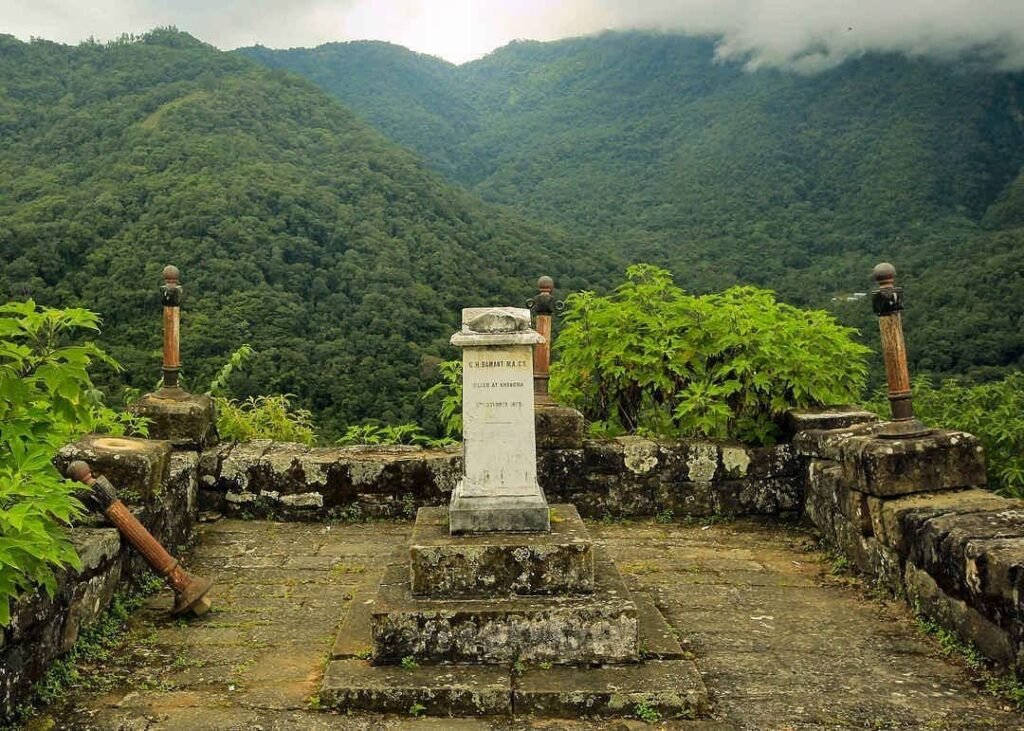
A short drive from Kohima brings travelers to the CommonWealth World War II Cemetery, a solemn memorial commemorating soldiers who perished during the pivotal Battle of Kohima in 1944. Manicured lawns and rows of white headstones evoke deep reflection on the cost of conflict. Nearby, the G H Damant Tomb Monument in Khonoma village stands as a tribute to the British officer George H. Damant, whose untimely demise in 1879 marked a significant turning point in Naga colonial history. Together, these sites weave a poignant tapestry of remembrance and cultural intersection.
Cultural Experiences
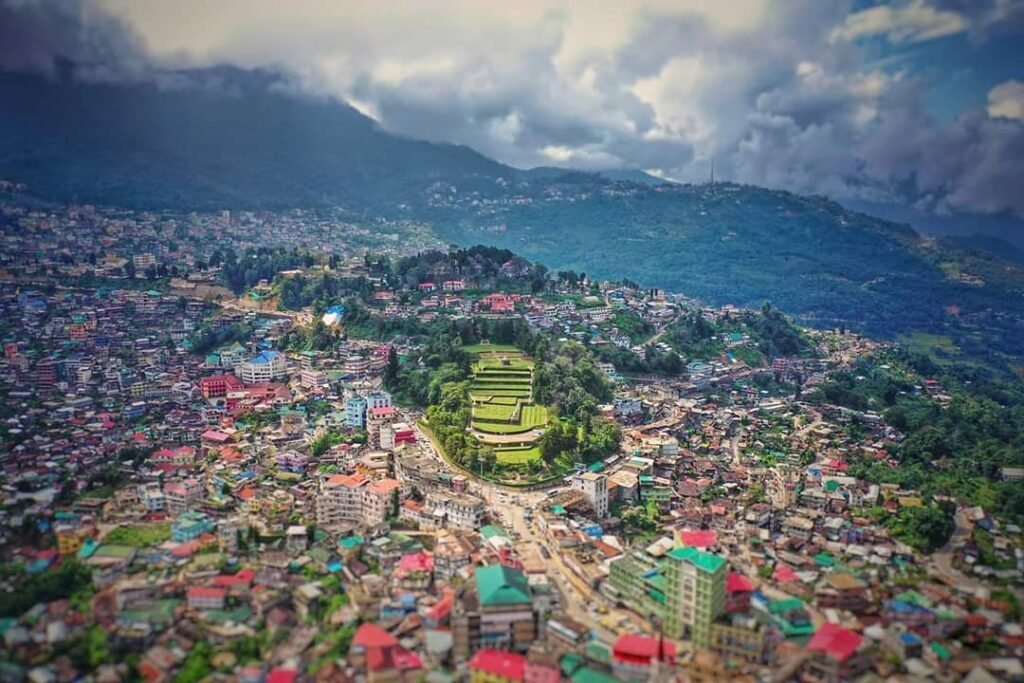
The heart of Nagaland’s allure lies in its vibrant tribal cultures, each village a living repository of age-old customs. Bara Basti, known locally as Kohima Village, is one of the region’s largest Angami settlements, where stone-paved lanes wind between warrior archetype homes adorned with traditional motifs. Visitors are welcomed into longhouses where elders recount folklore and demonstrate bamboo craft. Throughout the year, but most vividly in December, these villages come alive during the Hornbill Festival, a collective celebration of song, dance, and communal feasts that underscores the state’s moniker as the “Festival of Festivals.”
Adventure and Trekking
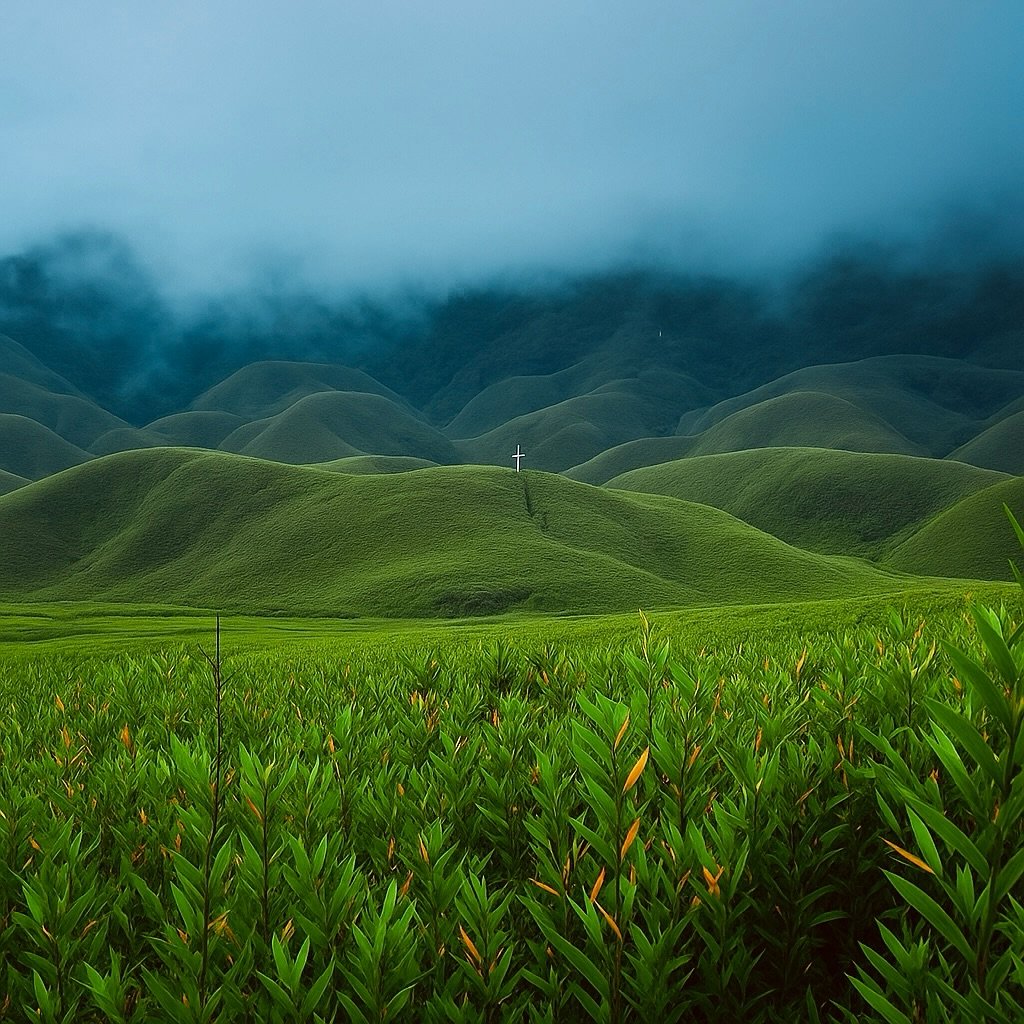
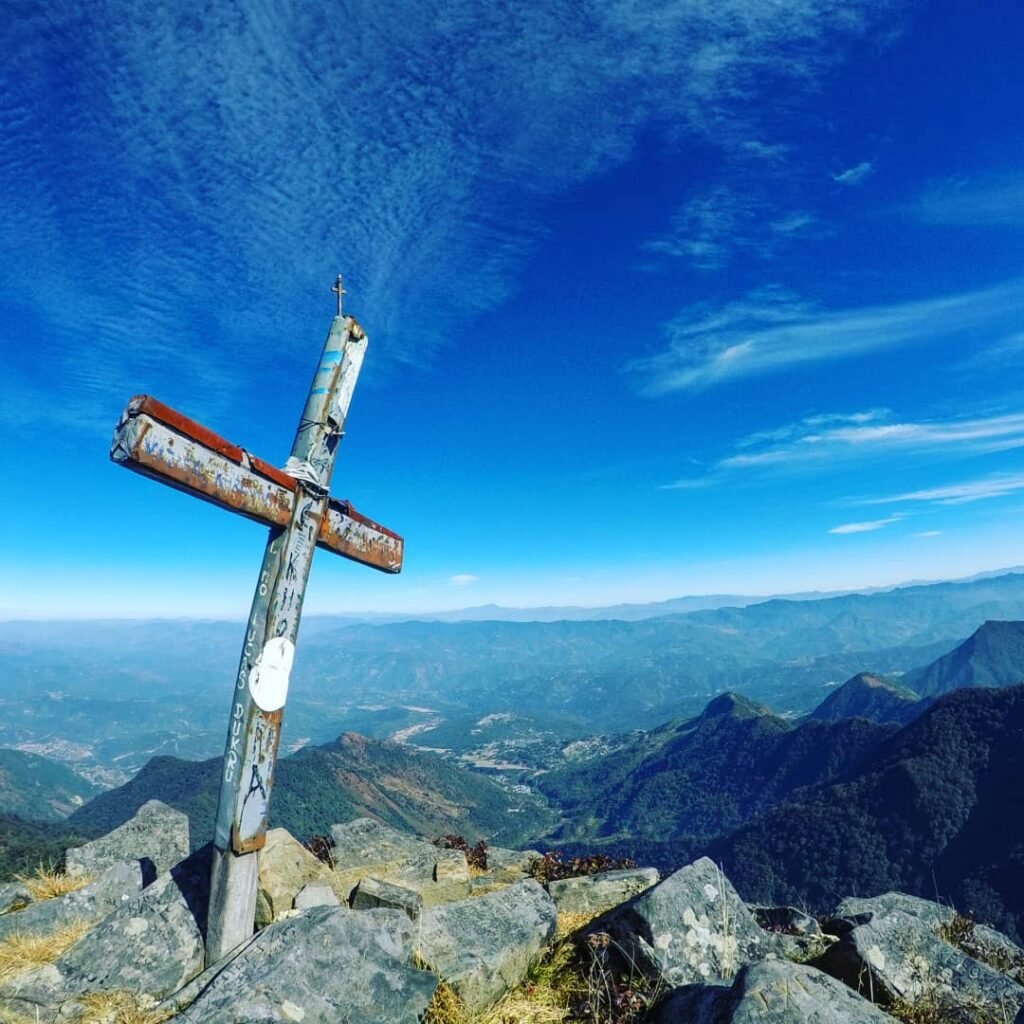
Nagaland’s spine of ridges and valleys beckons adventure seekers to traverse both well-trod routes and hidden paths. The renowned trek to Dzukou Valley, straddling the border of Nagaland and Manipur, unfolds across rolling hills blanketed in seasonal wildflowers, culminating in panoramic views of the valley’s cold, crystal rivers. Those seeking further challenge can ascend Japfu Peak, Nagaland’s second-highest summit, following narrow ridgelines and verdant forests. Along these trails, trekkers encounter verdant bamboo groves, rare orchids, and the distant calls of the Blyth’s tragopan. Whether undertaking multi-day expeditions or day hikes, these trails offer solitude and a communion with nature rarely found elsewhere.
Wildlife and Biodiversity


Beyond its scenic vistas, Nagaland harbors pockets of biodiversity that reward wildlife enthusiasts. The Intanki Wildlife Sanctuary, located near Mokokchung, shelters Asian elephants, hoolock gibbons, and the elusive clouded leopard under a canopy of tropical evergreen forests. Birdwatchers are drawn to the sanctuary’s diverse avifauna, from the state bird Blyth’s tragopan to various hornbill species. For a more curated experience, the Rangapahar Reserve Forest near Dimapur provides guided treks along forest trails, unveiling medicinal plants and endemic butterflies. These protected areas underscore Nagaland’s commitment to conservation amid increasing ecological pressures.
Conclusion
From the thunderous heights of its peaks to the hushed sanctity of its war cemeteries, Nagaland presents a tapestry of experiences that blend history, culture, and nature. Travelers who venture into its hills are rewarded with not just picturesque landscapes but intimate encounters with vibrant tribal communities and the state’s unique biodiversity. As Nagaland continues to open its trails and festivals to the world, these top travel places stand as testaments to its enduring spirit and the promise of discovery for every explorer.

